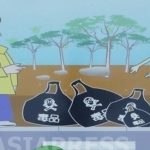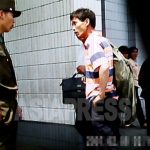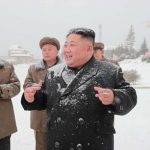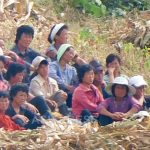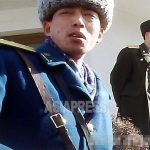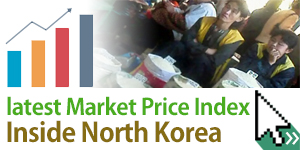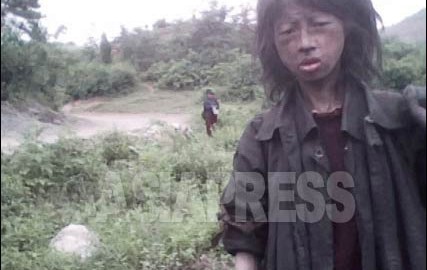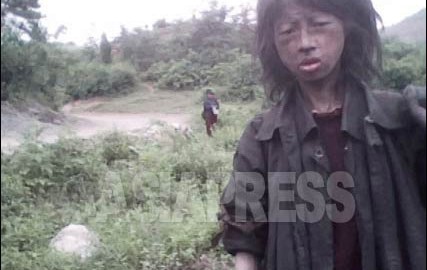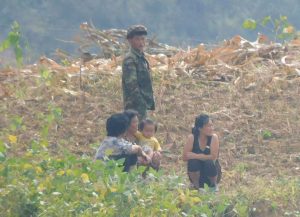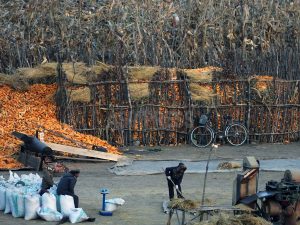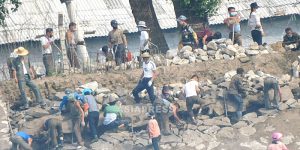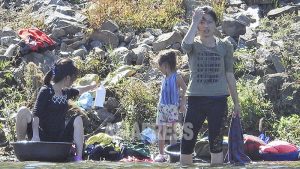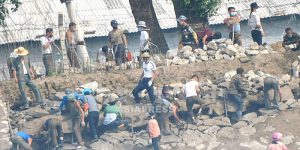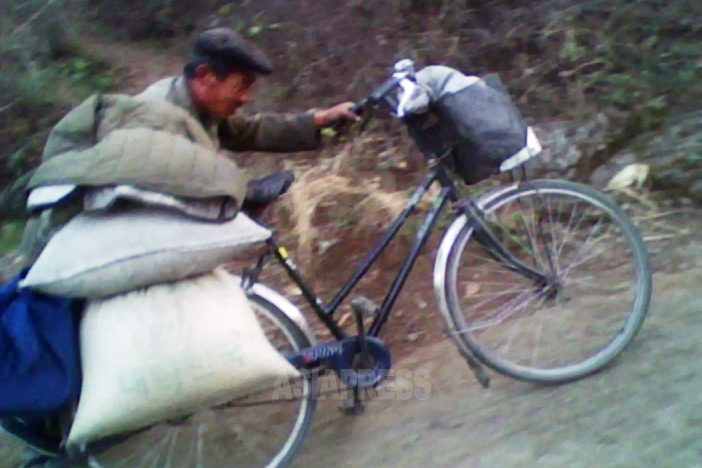
Distribution is one of the most interesting areas of change in North Korea's current agricultural policy reform. While many revisions are evident from a legal perspective, reports from ASIAPRESS reporting partners inside North Korea confirm that new grain distribution policies are being established. (JEON Seong-jun / KANG Ji-won)
◆ The "Arduous March" and Collapse of the Rationing System
In the past, North Korea operated a rationing system based on the socialist planned economy, where the state regularly supplied food to its residents. Under this system, food distribution essentially functioned by the state purchasing food produced in rural areas at state-controlled prices and then supplying it to residents.
However, in the 1990s, as the planned economic system collapsed and food production in rural areas decreased, gaps emerged in the state's control over food distribution, making the previous food supply system increasingly difficult to maintain.
The state prioritized food supply to groups essential for regime maintenance, including the party, military, and residents of central Pyongyang, using the limited food it had secured. The remaining population was left to fend for themselves. This led to the worst famine in North Korean history.
◆ Past: Coexistence of Rationing and Markets; Present: What's Changed?
Markets that emerged naturally during this period seeped into the ruins of the planned economy, supplying food and goods to starving residents and bringing vitality to a grim society.
With authorities tacitly acknowledging markets as they couldn't ignore their role in replacing the collapsed state supply system, markets became established as the most important channel for supplying food to residents alongside the rationing system. During this period, there was an ongoing tug-of-war between the state and markets over influence in food distribution.
However, with agricultural policy reforms, the role of markets has been significantly reduced. The Kim Jong-un regime appears to have successfully reclaimed influence previously ceded to markets.
Moreover, they are establishing a newly designed framework for food distribution. What exactly is this framework? Let's examine its structure and local implementation through legal documentation and reports from local correspondents.
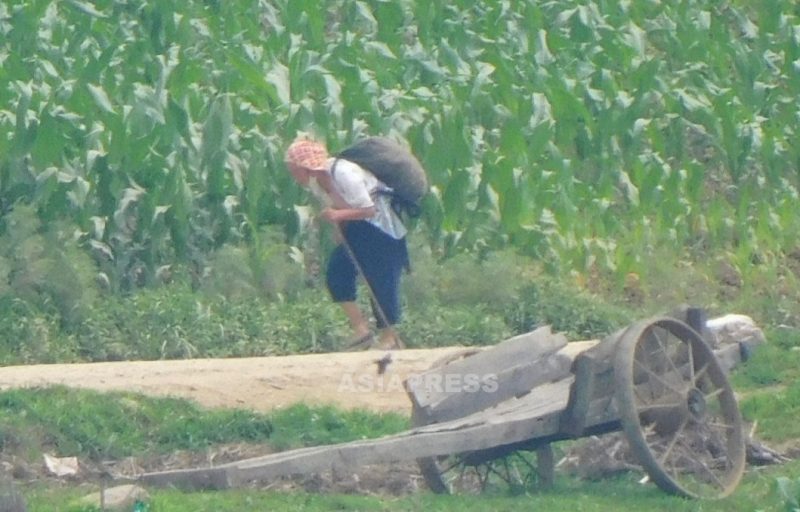
◆ State Control of Food Supply: Legally Specified
Let's first examine the Grain Administration Law revised in 2021.
Article 4 of the Grain Management Law stipulates:
"The state conducts grain procurement exclusively and carries out grain procurement in various forms and methods based on the principle of considering both national grain demand and the interests of farm workers, while strictly implementing measures based on the status of grain procurement."
Article 7 also states:
"Taking responsibility for supplying grain is a consistent policy of the Democratic People's Republic of Korea."
In other words, it's presumed that the law emphasizes the state's intention to manage grain as a means of governance and keep its distribution strictly under state control, just as in the past.
